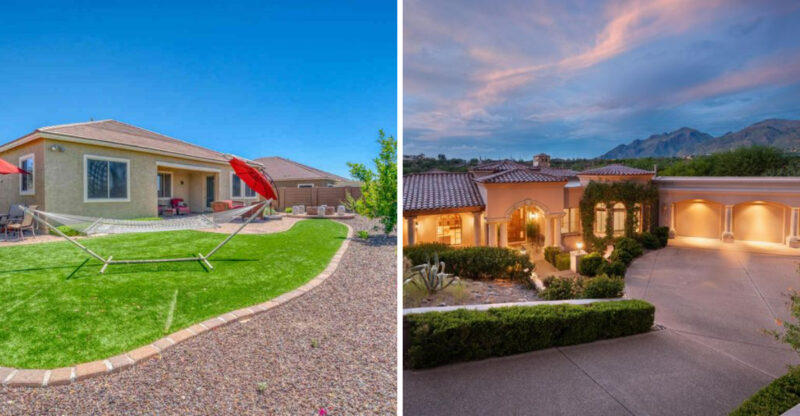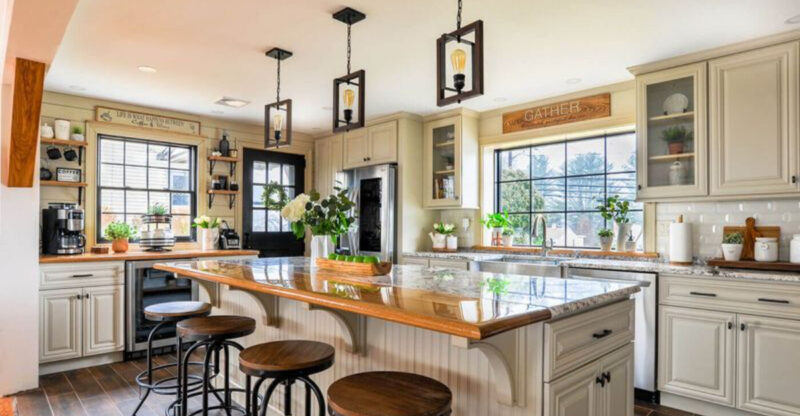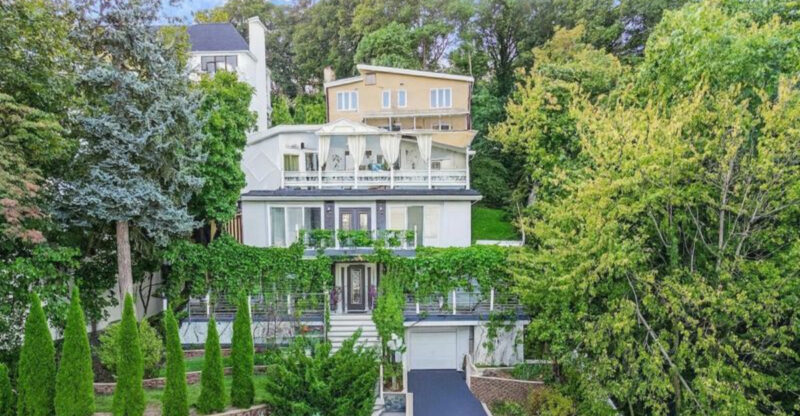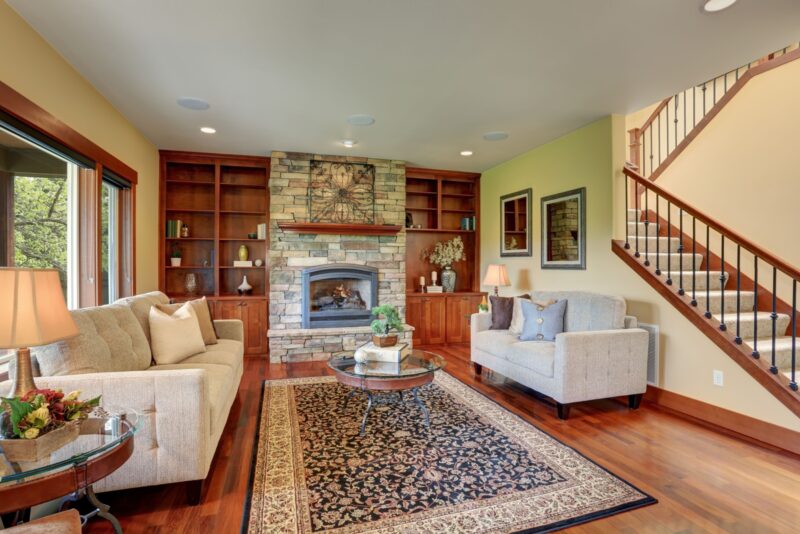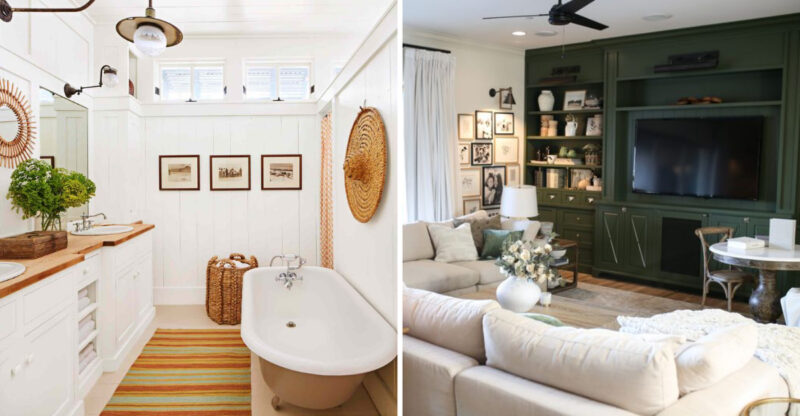11 Home Types In Illinois Set To Fall In Value (And 9 That Could Be Smart Buys)
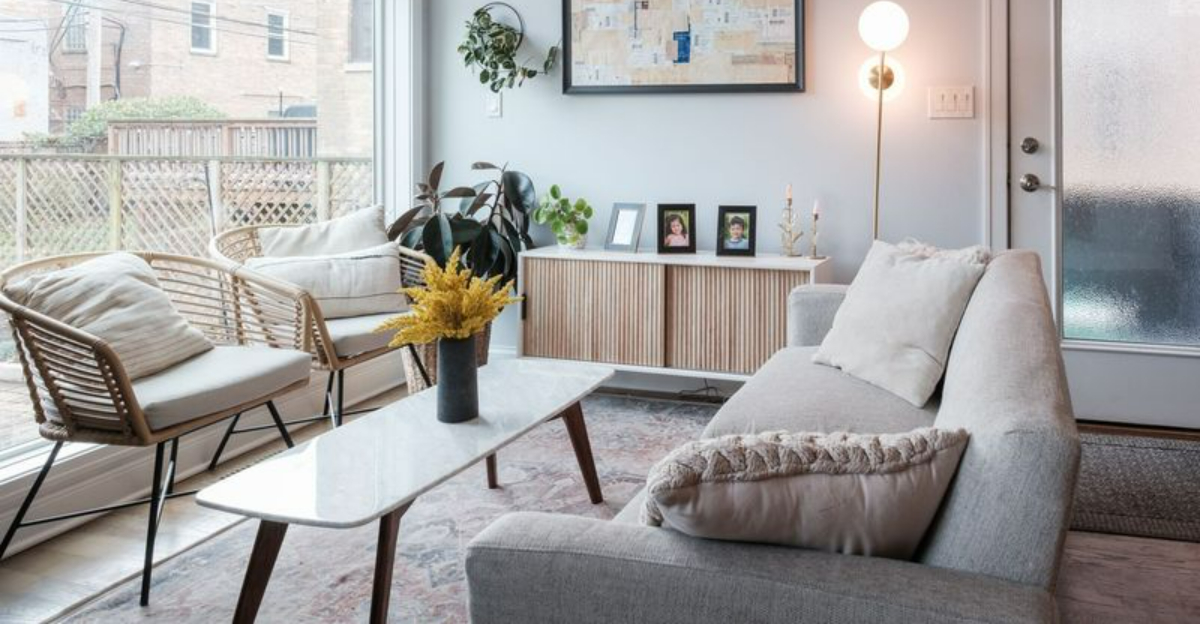
The Illinois housing market is experiencing some major shifts right now. As economic conditions change and buyer preferences evolve, certain property types are losing their appeal while others are becoming hidden gems.
I’ve researched which homes might lose value in the coming months and which ones could be smart investments if you’re looking to buy in the Prairie State.
1. McMansions in Chicago Suburbs
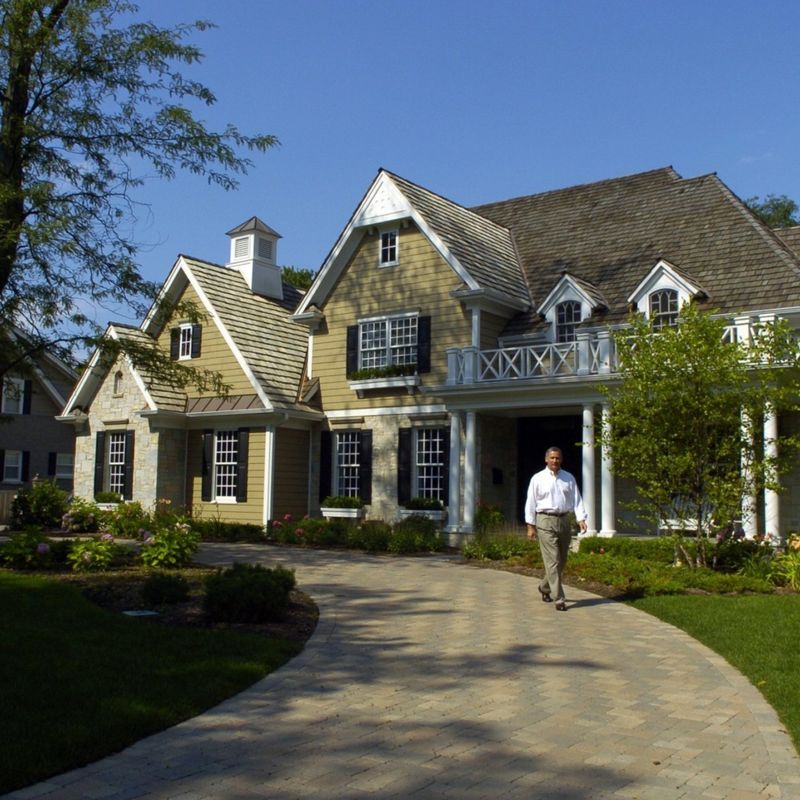
Remember when bigger meant better? Those days are fading fast for oversized suburban homes. Young families and empty nesters alike are turning away from these maintenance-heavy properties with their formal dining rooms and excessive square footage.
Rising utility costs hit these energy-inefficient behemoths particularly hard. Property taxes in areas like Naperville and Barrington continue climbing, making monthly carrying costs prohibitive for many buyers.
With remote work flexibility, fewer buyers need to live in these traditional commuter suburbs, further reducing demand for these once-prestigious properties.
2. Homes Near Coal Power Plants
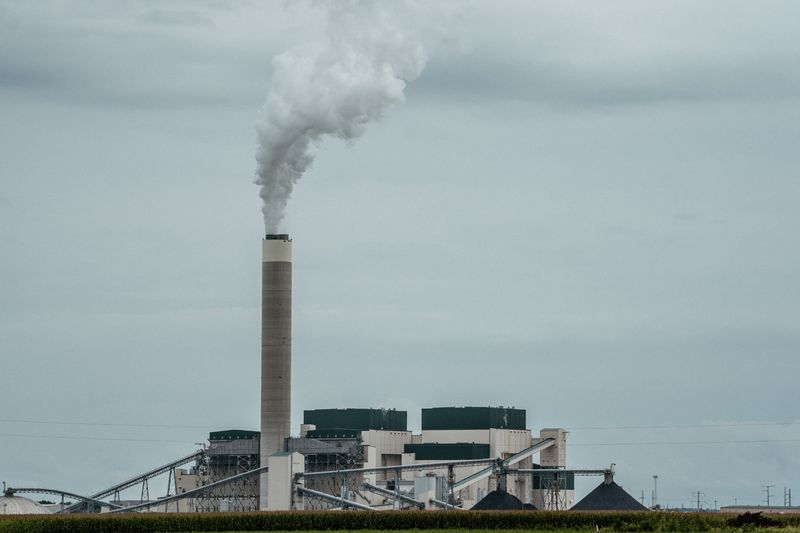
Environmental concerns are weighing heavily on properties near Illinois’ remaining coal plants. As the state pushes toward cleaner energy, these industrial neighbors face uncertain futures that spook potential buyers.
Health-conscious families increasingly avoid these areas due to air quality worries. The combination of potential plant closures (threatening local jobs) and ongoing pollution concerns creates a double whammy for property values.
Even with affordable pricing, these homes face stigma that’s likely to intensify as environmental awareness grows among younger buyers.
3. Older Ranch Homes Without Updates
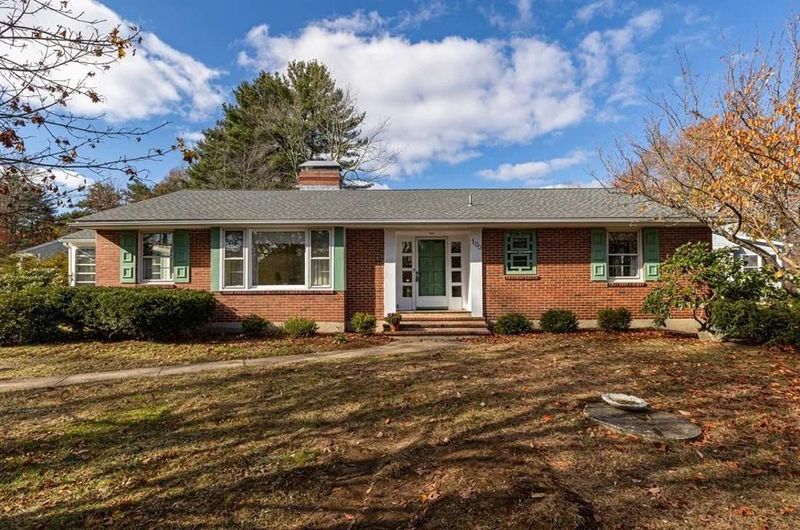
The charm of mid-century ranch homes quickly fades when buyers spot original kitchens and bathrooms from the 1960s. These single-story properties, once perfect for growing families, now struggle to compete without modern updates.
Outdated electrical systems and inefficient windows make these homes expensive to heat and cool. Many lack open floor plans that today’s buyers crave, with choppy layouts and small kitchens that feel claustrophobic compared to contemporary designs.
Without significant renovations, these properties face steep competition from newer homes offering modern amenities at similar price points.
4. Luxury High-Rise Condos in Downtown Chicago
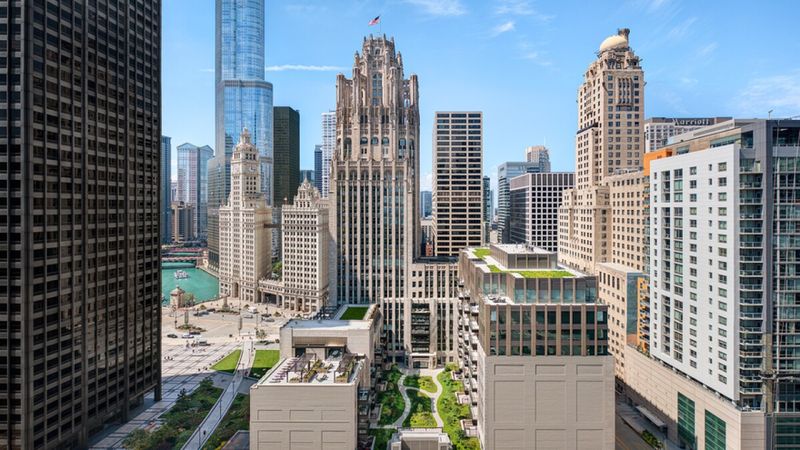
The glittering views from Chicago’s high-rise condos aren’t enough to overcome changing urban preferences. Post-pandemic concerns about shared spaces and elevators have dampened enthusiasm for vertical living in the Windy City.
Sky-high HOA fees continue rising as these aging buildings require more maintenance and updates. Remote work has eliminated the commute advantage these properties once offered, making buyers question the premium pricing.
With crime concerns in some downtown areas and reduced amenities as businesses struggle, these once-coveted addresses face a challenging market reality.
5. Homes in Flood-Prone River Areas
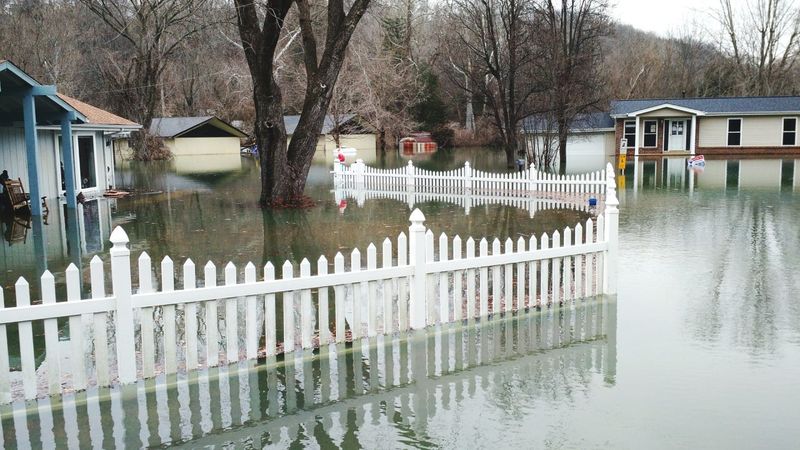
Climate change is casting a long shadow over properties near Illinois’ many rivers. More frequent flooding events have insurance companies raising rates or refusing coverage altogether for homes in flood zones.
Buyers increasingly research flood history before making offers, with many walking away from properties with even minor water issues. Along the Mississippi, Illinois, and other waterways, repeated flooding has created a cycle of declining values.
FEMA’s updated flood maps have placed more homes in high-risk categories, instantly affecting their marketability and financing options.
6. Large Historic Homes in Small Towns
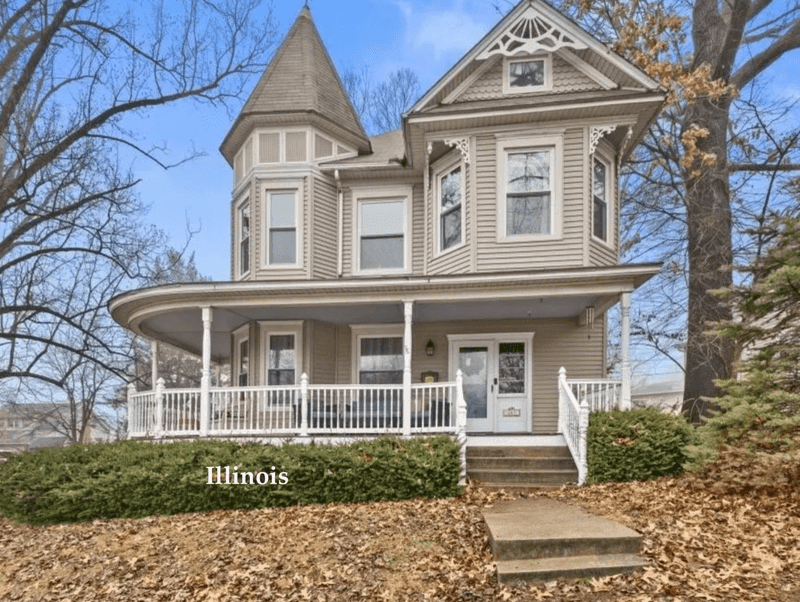
Grand Victorian and Queen Anne homes in Illinois’ smaller communities are losing their appeal despite their architectural beauty. The combination of high maintenance costs and limited buyer pools in rural areas creates a perfect storm for value decline.
Heating these drafty giants costs a fortune with their poor insulation and outdated systems. Young families increasingly choose more manageable, energy-efficient homes rather than these high-maintenance showpieces.
As small towns struggle with population decline and aging demographics, fewer buyers remain who can afford the upkeep these historic treasures demand.
7. Properties Near Closing Manufacturing Plants
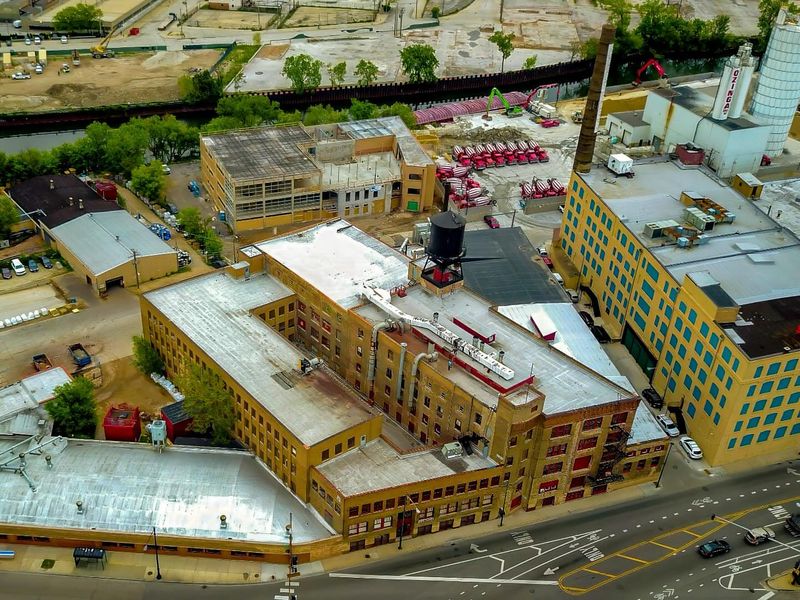
Factory closures hit Illinois communities hard, with nearby housing markets feeling the aftershocks. When major employers shut down, the ripple effects on local property values can be devastating and long-lasting.
As workers relocate for new jobs, housing supply increases while demand plummets. Communities like Rockford and Peoria have witnessed this painful cycle as manufacturing continues its decline across the Midwest.
Even homes that were well-maintained suffer from guilt by association when located in areas experiencing economic contraction from plant closures.
8. Aging Split-Level Homes
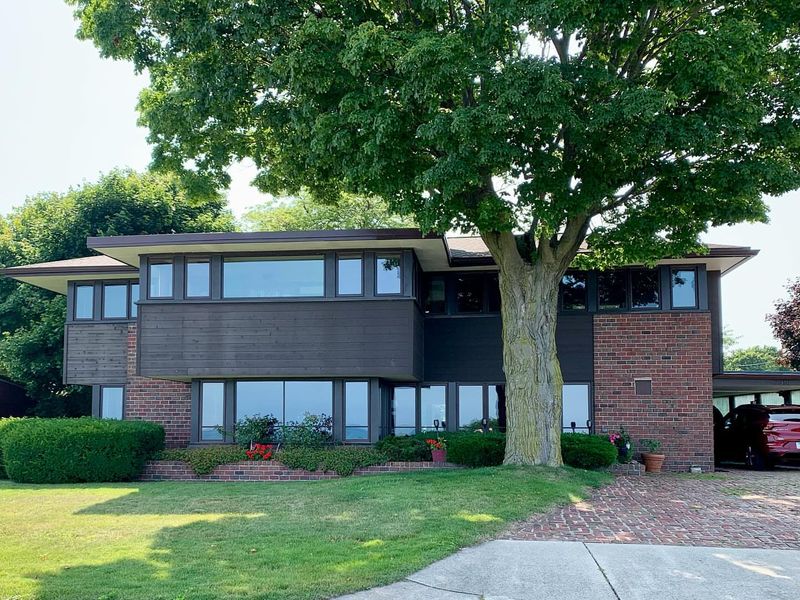
The split-level design that dominated 1970s suburbia has fallen firmly out of favor with today’s buyers. These homes, with their awkward half-flights of stairs and compartmentalized rooms, feel dated and impractical to modern families.
Renovating these unique layouts proves challenging and expensive, often requiring structural changes. Many feature sunken living rooms, limited bathroom count, and dated finishes that require significant investment to modernize.
As millennial and Gen Z buyers dominate the market, these distinctly Baby Boomer designs face declining demand despite their often-affordable price points.
9. Homes Near Expanding Highways
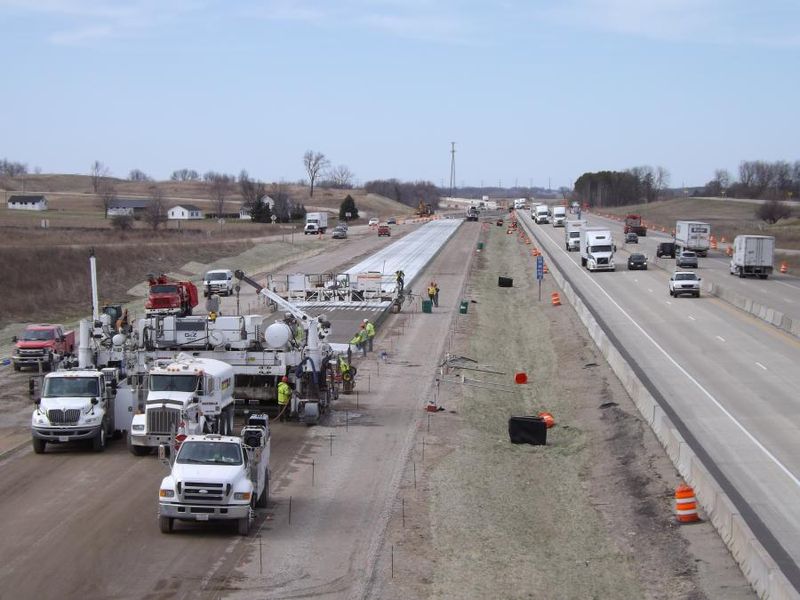
Road expansion projects throughout Illinois are creating headaches for nearby homeowners. Properties that once enjoyed quiet streets now face increased noise, pollution, and traffic as highways widen to accommodate growing commuter populations.
IDOT’s ongoing infrastructure improvements, while necessary, often reduce property values for homes caught in the construction zones. Even after completion, the permanent proximity to busier roadways leaves a lasting impact on desirability.
Families with children particularly avoid these locations due to safety concerns, shrinking the buyer pool for affected properties.
10. Homes with Obsolete Home Offices
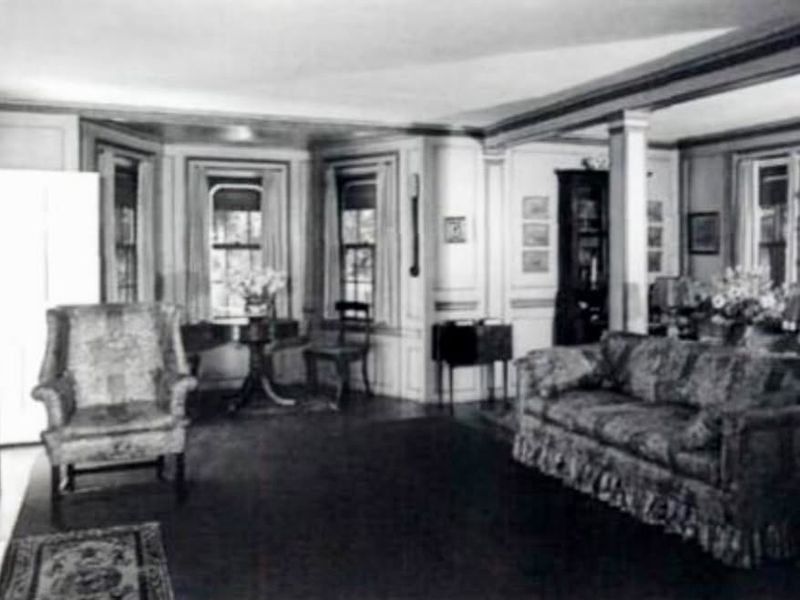
The pandemic-era rush to create home offices has left some properties with oddly repurposed spaces that no longer serve today’s hybrid workers. Converted dining rooms, closets, and basement corners made sense in 2020 but now look like awkward afterthoughts.
Professional remote workers seek dedicated, well-designed office spaces with proper lighting and technology infrastructure. Properties with makeshift solutions fall short compared to homes built or renovated with true work-from-home considerations.
As companies finalize their remote work policies, buyers are becoming more discriminating about what constitutes a functional home office.
11. Starter Homes in High Property Tax Districts
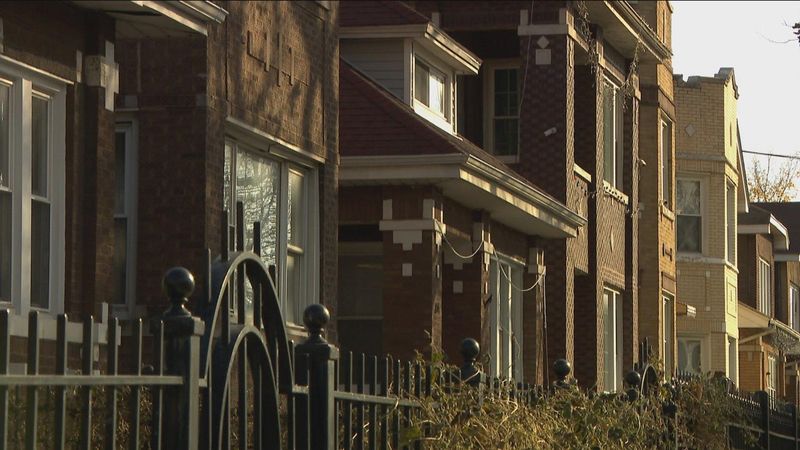
First-time buyers are doing the math and avoiding otherwise affordable homes in Illinois’ highest-taxed school districts. Entry-level properties in communities like Harvey, Riverdale, and Ford Heights face value declines as tax burdens outweigh house prices.
Monthly payments become unmanageable when property taxes equal or exceed mortgage amounts. Young families calculate total ownership costs more carefully than previous generations, making these high-tax areas increasingly difficult to sell.
With Illinois already having the second-highest property taxes nationally, these particular districts face even steeper challenges attracting buyers.
12. Lakefront Cottages on Smaller Lakes
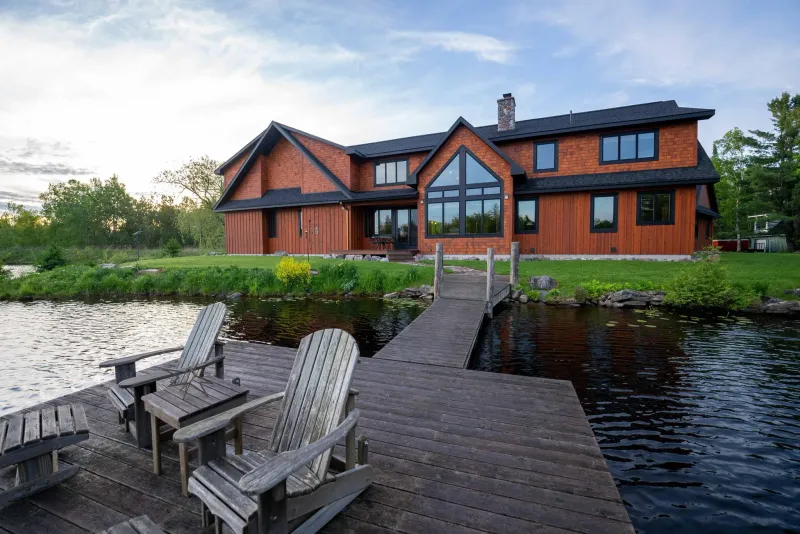
Contrary to what you might expect, waterfront properties on Illinois’ smaller lakes are becoming smart investments. These cozy getaways offer affordable entry points to lakefront living without the premium prices of larger bodies of water.
Weekend warriors from Chicago appreciate the shorter drives to these peaceful retreats. Climate concerns actually benefit these properties, as more families seek nearby vacation options rather than distant travel.
Rental potential adds significant value, with platforms like Airbnb and VRBO creating income opportunities that offset ownership costs while you build equity.
13. Energy-Efficient New Construction
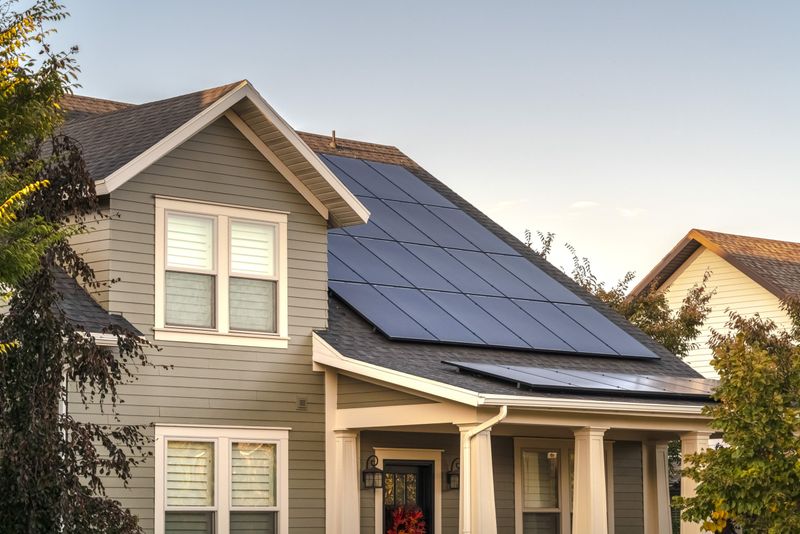
Green homes are golden investments in today’s energy-conscious market. New construction featuring solar panels, high-efficiency HVAC systems, and superior insulation commands premium prices that continue appreciating as utility costs rise.
Buyers willingly pay more upfront for the long-term savings these features provide. Illinois’ Climate and Equitable Jobs Act creates incentives for energy-efficient homes, further boosting their market advantage.
These properties typically use smart home technology that appeals to tech-savvy buyers, adding another layer of desirability that traditional homes can’t match.
14. Bungalows in Chicago’s Up-and-Coming Neighborhoods
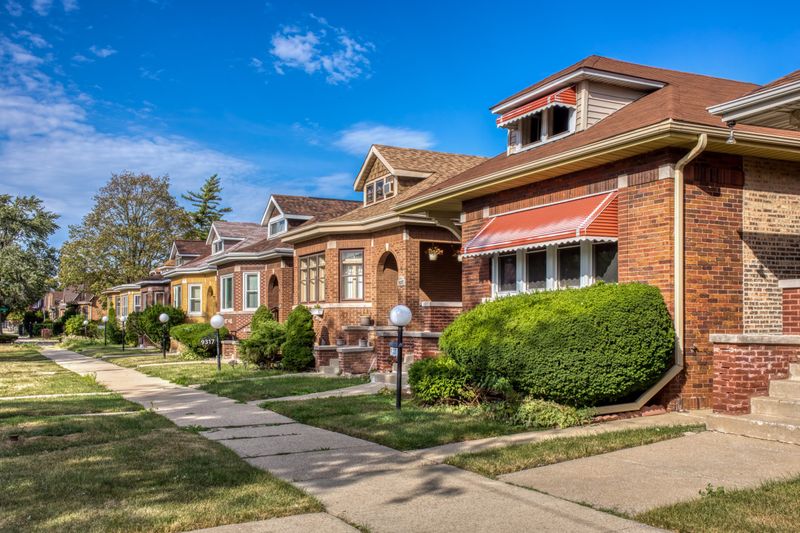
Chicago’s iconic brick bungalows offer unmatched value in emerging neighborhoods. These solidly-built homes feature craftsmanship rarely found in newer construction, with hardwood floors, natural woodwork, and architectural details that command premium prices when restored.
Areas like Portage Park, Belmont Cragin, and Irving Park still offer these gems at accessible price points. The Historic Chicago Bungalow Association provides resources and sometimes grants for preservation, adding support for buyers willing to invest in these classic homes.
Their walkable locations near public transportation become increasingly valuable as gas prices rise.
15. Mixed-Use Properties in Small Downtown Districts
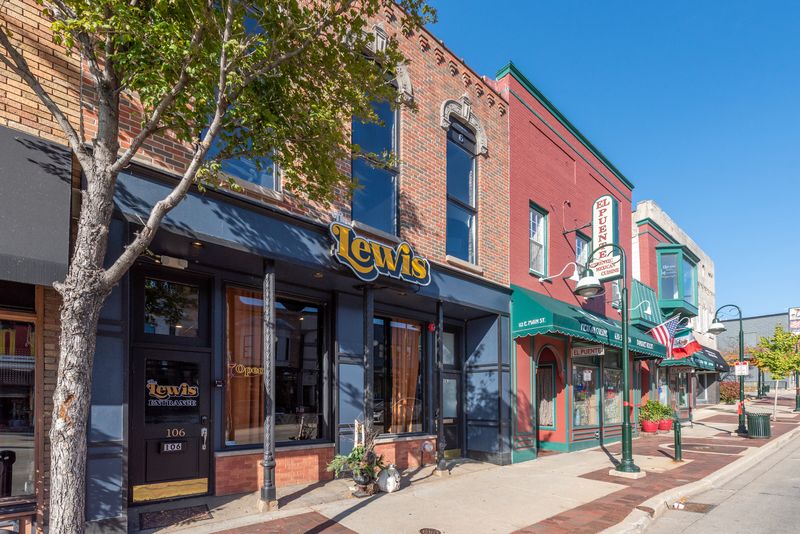
Main Street is making a comeback, making mixed-use properties in smaller Illinois cities particularly attractive investments. Buildings with commercial space below and apartments above offer multiple income streams while hedging against market fluctuations.
Communities like Galena, Dixon, and Carbondale are revitalizing their downtown districts, driving demand for these versatile properties. The remote work trend has people seeking charming small-town living with amenities within walking distance.
First-floor retail or office space paired with residential units creates passive income potential that single-family homes can’t match.
16. Homes Near Expanding Universities
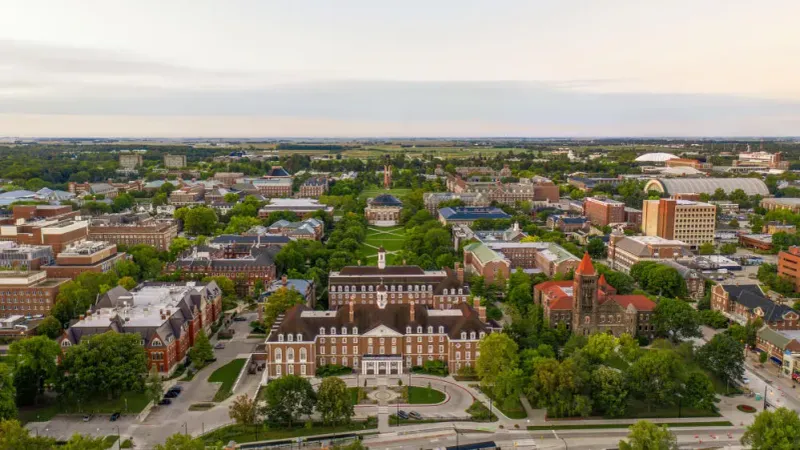
Properties surrounding growing Illinois universities offer exceptional investment potential. Schools like Illinois State, Southern Illinois University, and University of Illinois create perpetual rental demand from students, faculty, and staff.
Campus expansion projects signal long-term institutional commitment to these areas. Even during market downturns, university proximity provides a floor for property values and consistent rental income.
Multi-bedroom homes can generate significantly higher returns when rented by the room to students compared to traditional single-family rentals, making them particularly attractive to investors.
17. Accessory Dwelling Unit-Ready Properties
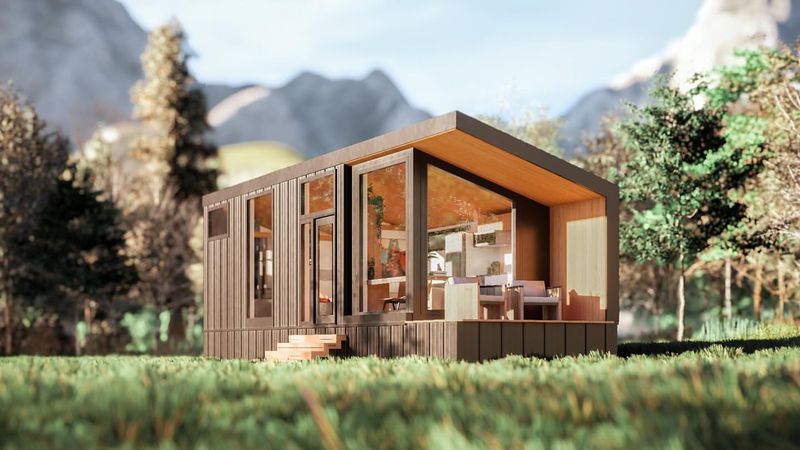
Homes with ADU potential are becoming hot commodities as Illinois municipalities update zoning laws. Properties with detached garages, large lots, or basement walk-outs that could accommodate separate living quarters offer tremendous upside.
Multi-generational living arrangements are increasingly popular, making these flexible properties attractive to extended families. The rental income potential from an ADU can significantly offset mortgage costs, essentially letting someone else pay a portion of your housing expenses.
As housing affordability concerns grow, these properties provide creative solutions that traditional single-family homes cannot.
18. Modest Homes in Strong School Districts
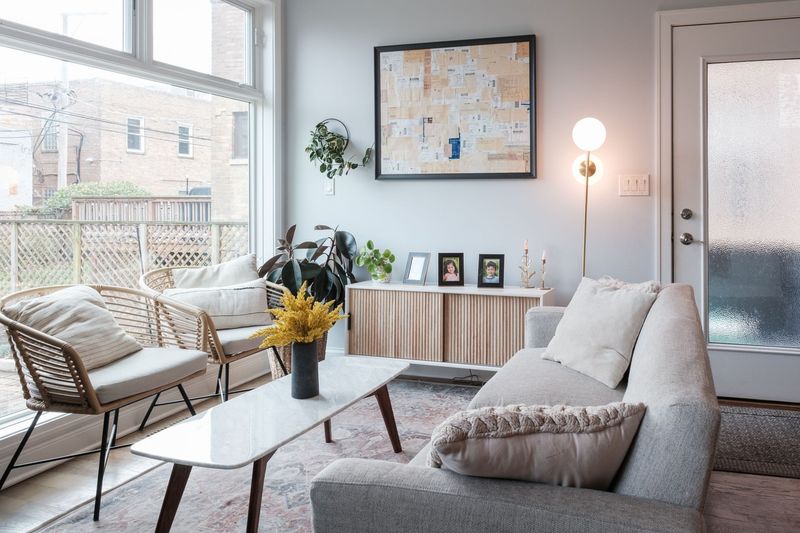
Smaller homes in top-performing school districts offer exceptional value preservation potential. Communities like Naperville, Hinsdale, and New Trier Township feature modest properties that benefit from educational reputations without the mansion price tags.
Families increasingly prioritize school quality over house size, willing to sacrifice square footage for academic opportunity. These right-sized homes often appreciate faster than larger properties in the same districts.
Empty nesters looking to downsize but remain in familiar communities create additional demand for these manageable properties, ensuring a diverse buyer pool.
19. Transit-Oriented Developments
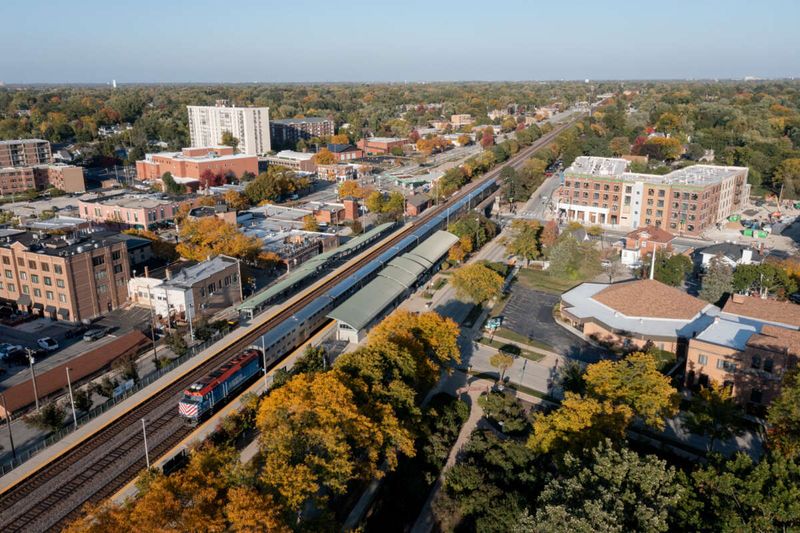
Properties within walking distance of Metra and CTA stations command consistent premiums that should continue growing. As gas prices fluctuate and environmental concerns rise, transit access becomes increasingly valuable to Illinois homebuyers.
New transit-oriented developments combine modern amenities with transportation convenience. Communities like Evanston, Oak Park, and Arlington Heights have embraced this development pattern, creating vibrant neighborhoods around transit hubs.
Even during market downturns, these locations tend to retain value better than car-dependent suburbs, providing a hedge against broader market volatility.
20. Homes with Conversion Potential in Zoning-Flexible Areas
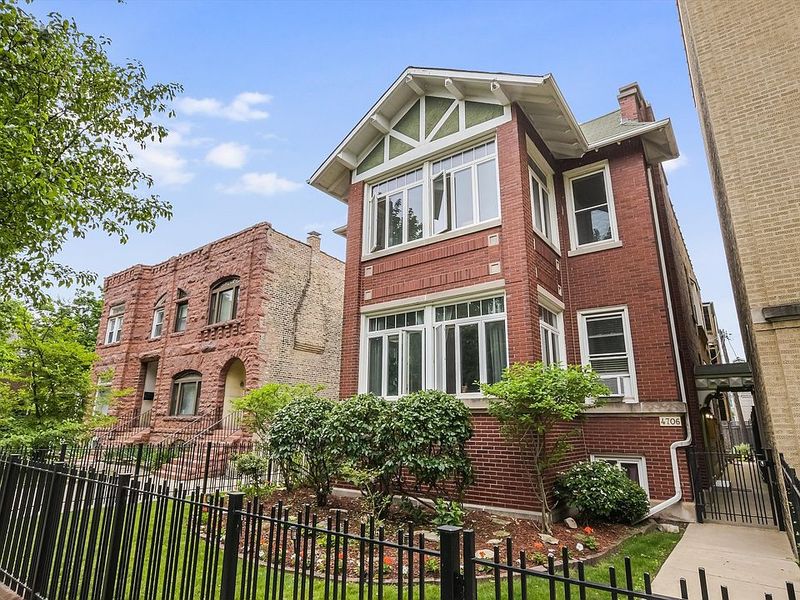
Single-family homes in areas zoned for multi-family use offer hidden value for savvy investors. These properties can potentially be converted to duplexes or small apartment buildings, dramatically increasing their income potential and overall value.
Municipalities facing housing shortages are increasingly flexible about conversions that increase density. The ability to add units without purchasing additional land creates exceptional return opportunities compared to traditional single-family investments.
Even without immediate conversion plans, this flexibility adds significant value that less knowledgeable buyers might overlook.

